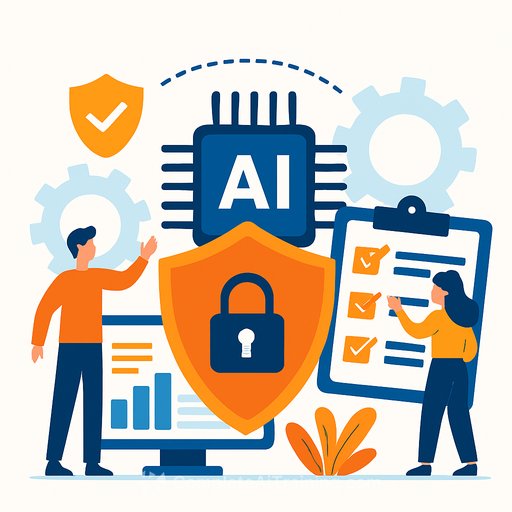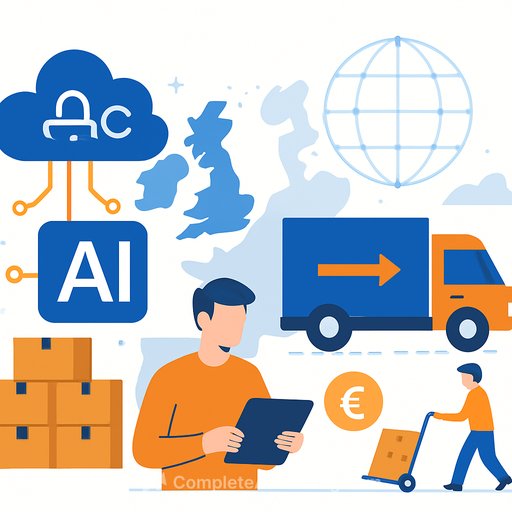AI Security Frameworks – Ensuring Trust in Machine Learning
Artificial intelligence is transforming industries and enhancing human capabilities. With this growth comes an urgent need for solid AI security frameworks. These frameworks help mitigate risks in machine learning systems while promoting innovation and earning public trust. Organizations now face a variety of standards aimed at making AI systems secure, ethical, and reliable.
The Growing Ecosystem of AI Security Standards
The National Institute of Standards and Technology (NIST) leads with its AI Risk Management Framework (AI RMF), introduced in January 2023. This framework guides organizations on how to identify, assess, and reduce risks throughout an AI system’s lifecycle. Its core functions—Govern, Map, Measure, and Manage—are interconnected and meant to be applied continuously, not as isolated steps, according to Palo Alto Networks’ framework analysis.
At the same time, the International Organization for Standardization (ISO) released ISO/IEC 42001:2023. This standard provides a thorough approach to managing AI systems within organizations. It highlights the importance of ethical, secure, and transparent AI development and deployment, offering detailed advice on AI management, risk assessment, and data protection.
Regulatory Landscape and Compliance Requirements
The European Union’s Artificial Intelligence Act took effect on August 2, 2024, with most enforcement starting in August 2026. It imposes cybersecurity requirements on high-risk AI systems and sets hefty fines for violations. Companies that develop, market, or implement AI systems must comply, as noted by Tarlogic Security.
For organizations aiming to meet these standards, Microsoft Purview offers AI compliance assessment templates covering the EU AI Act, NIST AI RMF, and ISO/IEC 42001. These tools assist in evaluating and improving compliance with evolving AI regulations and standards.
Industry-Led Initiatives for Securing AI Systems
Industry groups are also creating focused frameworks. The Cloud Security Alliance (CSA) plans to release its AI Controls Matrix (AICM) in June 2025. This matrix will include 242 controls across 18 security domains, spanning model security, governance, and compliance to help organizations securely develop and use AI technologies.
The Open Web Application Security Project (OWASP) has developed the Top 10 for Large Language Model (LLM) Applications. This list highlights critical vulnerabilities such as prompt injection, insecure output handling, training data poisoning, and denial of service attacks. Nearly 500 experts from AI companies, security firms, cloud providers, and academia contributed to this resource.
Implementing these frameworks requires strong governance and security controls. IBM recommends comprehensive AI governance that oversees risks like bias, privacy violations, and misuse while encouraging innovation and trust.
For practical defenses, the Adversarial Robustness Toolbox (ART) offers tools for evaluating, defending, and verifying machine learning models against adversarial threats. It supports all popular ML frameworks and includes 39 attack and 29 defense modules.
Looking Forward: Evolving Standards for Evolving Technology
As AI technology advances, its security frameworks must keep pace. The CSA admits that frequent updates will be necessary to maintain relevancy in the AI Controls Matrix.
The Cybersecurity and Infrastructure Security Agency (CISA) recently published guidelines aligned with the NIST AI RMF to tackle AI-driven cyber threats. These guidelines promote a “secure by design” approach, urging organizations to develop detailed cybersecurity risk management plans, ensure transparency in AI use, and integrate AI incidents into information-sharing systems.
Addressing AI security effectively calls for collaboration across technology, legal, ethical, and business teams. As AI becomes more embedded in critical systems, these frameworks will help sustain innovation while ensuring AI remains trustworthy and secure.
For those interested in practical AI learning and compliance strategies, explore Complete AI Training for a range of courses tailored to management and security professionals.
Your membership also unlocks:






